UK businesses that operate fleets of commercial vehicles are being hit by costs of £4.9bn per year due to employee back pain.
A recent report found that 480,000 workers in the UK suffer from work-related back pain, with an average of 16 days lost per case. The impact is especially impacting those who drive for a living, with more than two-thirds of van drivers (70%) in the UK taking time off for back pain.
Northgate uncovered that the issue is most acute in the North West, with those living and working in Bolton suffering the highest proportion of back pain. Bolton has also seen the ninth largest year-on-year increase in relevant medication, with an average 243% increase each year since 2017.
The Southport and Formby region ranks second with Oldham, Tameside and Glossop, and South Sefton ranking third, fourth, and fifth.
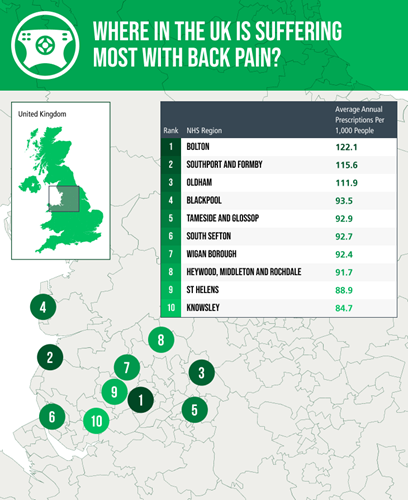
Dr Hana Patel, a UK based General Practitioner, said: “As a GP expert witness, I see many patients with driving-related back pain injuries. Our bodies are made for movement, and sitting in one position for a long time in the car means that we may not be focusing on our posture. Such a static position will inevitably lead to muscle aches and pains.
“There are different types of back pain caused as a result of driving that will vary depending on your physiology and posture. Pain can be experienced all across your back, from your shoulders down your spine and into your buttocks. Men, women, and different age groups are impacted differently or are more susceptible to back pain caused by driving. Generally, the estimate is that around one-third of people will be affected by back pain during their adult life, and back pain generally affects women more than men due to pelvic structural differences.”
Tips to reduce and prevent back pain and injury when driving:
When driving long distances, make sure that you stop for a rest break to stretch and have a walk every few hours, to prevent a build-up of tension in your lower back.
People often forget that when driving, their seats, mirrors, and steering wheel should be adjusted to suit their height, leg length, and range of neck movements, to help reduce strain on joints unnecessarily.
Hot and cold compression can help if you are in pain, and if you are lucky enough to have a heated seat, I would recommend using this periodically during longer drives to help ease muscle tension.”



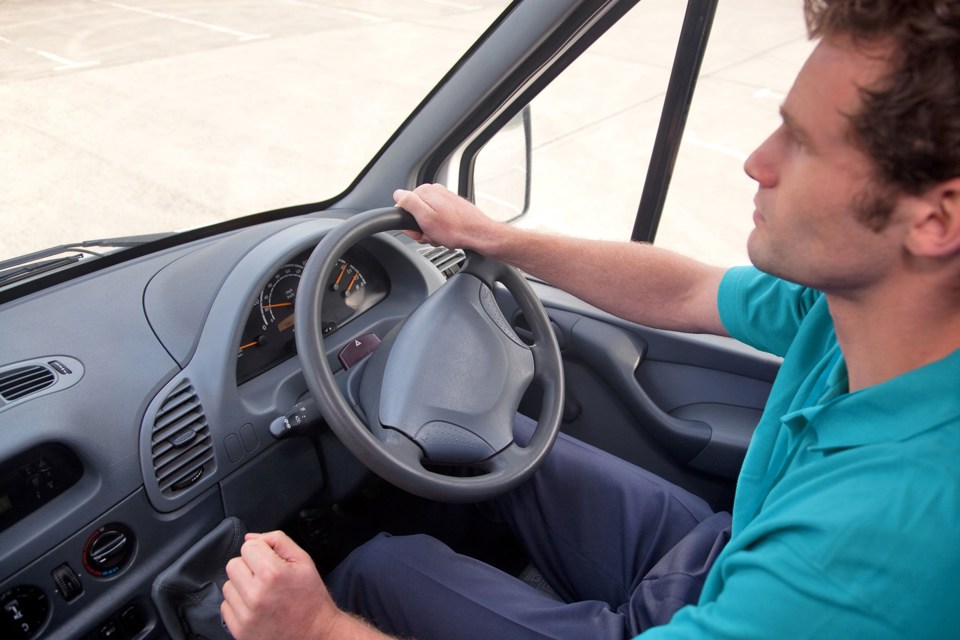















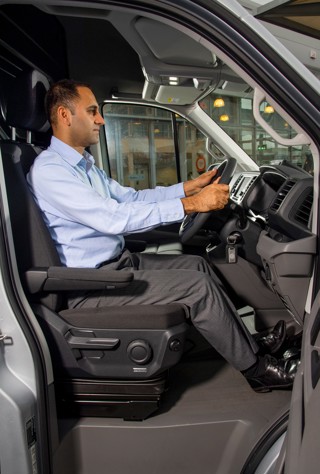
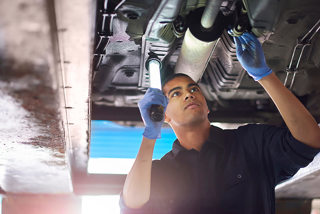
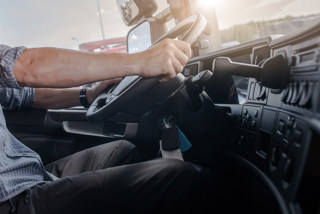
Login to comment
Comments
No comments have been made yet.